In a groundbreaking move to combat infant mortality, Dr. D. Y. Patil Medical College, Hospital & Research Centre has established the Yashoda Advanced Human Milk Bank. This state-of-the-art facility, the first of its kind in the Pimpri Chinchwad Municipal Area and one of only a few 24/7 operations in India, is revolutionizing neonatal care.
By providing access to safe, high-quality donor human milk, the Yashoda Milk Bank is saving countless lives, particularly for premature and critically ill infants. This innovative initiative is a testament to Dr. D. Y. Patil Medical College’s commitment to delivering world-class healthcare and improving public health.
In this exclusive interview, we delve deep into the workings of the Yashoda Milk Bank, exploring its impact on infant mortality rates, the rigorous screening processes, and the future of human milk banking in India. Dr. Bhagyashree Patil, Pro-Chancellor of Dr. D. Y. Patil Vidyapeeth Society, Pimpri, Pune, shares insights into the challenges and triumphs of establishing and operating this vital facility. She discusses the role of such initiatives in addressing the pressing issue of neonatal health and the potential for scaling this model across the nation.
Read the full interview below.
Q&A
Q. What challenges did Dr. D. Y. Patil Medical College identify that motivated the establishment of the Yashoda Advanced Human Milk Bank, and how does it align with the hospital's overall mission and vision?
 A. Dr. D.Y. Patil Medical College, Hospital & Research Centre, Pimpri, Pune, recognized a critical need to address high neonatal mortality rates in India, especially in areas where breastfeeding was not feasible for sick neonates in NICUs. By establishing the Yashoda Advanced Human Milk Bank (YAHMB), the hospital sought to provide essential safe donor human milk (DHM) to infants at risk, aligning with its mission of improving health outcomes and promoting public health in the Pimpri-Chinchwad Municipal Corporation (PCMC), Pune Municipal Corporation (PMC) area & nearby region. The initiative aligns with our mission to deliver high-quality healthcare to the most vulnerable premature populations, especially newborns, while supporting the hospital’s vision of improving neonatal care and reducing infant mortality rates.
A. Dr. D.Y. Patil Medical College, Hospital & Research Centre, Pimpri, Pune, recognized a critical need to address high neonatal mortality rates in India, especially in areas where breastfeeding was not feasible for sick neonates in NICUs. By establishing the Yashoda Advanced Human Milk Bank (YAHMB), the hospital sought to provide essential safe donor human milk (DHM) to infants at risk, aligning with its mission of improving health outcomes and promoting public health in the Pimpri-Chinchwad Municipal Corporation (PCMC), Pune Municipal Corporation (PMC) area & nearby region. The initiative aligns with our mission to deliver high-quality healthcare to the most vulnerable premature populations, especially newborns, while supporting the hospital’s vision of improving neonatal care and reducing infant mortality rates.
Q. How has the milk bank directly impacted infant mortality rates in the Pimpri Chinchwad Municipal Area? Are there specific data points or case studies that demonstrate its effectiveness?
A. YAHMB has significantly contributed to lowering neonatal morbidity and mortality rates in the PCMC area. The establishment of this facility reduced sepsis rates by 24%, decreased hyperbilirubinemia by 20% and improved overall neonatal outcomes. The availability of PDHM (Pasteurized Donor Human Milk) has saved lives, particularly for low-birth-weight (LBW) and preterm infants, as demonstrated by a study showing a reduction in neonatal mortality from 30% to 7.5%.
Since its inception, the Yashoda Human Milk Bank has made strides in serving mothers and infants. From September 2013 to September 2024, the bank has supported 18,880 donors, collected a total of 54,44,429 ml of milk and distributed 50,52,971 ml of milk to 26,927 babies. In 2024 alone (until September), the bank has recorded 1,890 donors, collecting 6,36,330 ml of milk and distributing 5,63,765 ml to 2,587 babies.
Q. What measures are in place to ensure the highest quality of donor human milk, including screening processes for donors and rigorous testing of the donated milk?
A. YAHMB ensures high-quality donor milk through strict donor screening and adherence to International & government guidelines on milk processing. All donations undergo rigorous screening for infectious diseases and donated milk is pasteurized and tested for macronutrient composition. Milk processing protocols are based on the Government of India CLMTRC guidelines (2017) and are followed strictly. The centre is manned by qualified and trained staff along with a professor of paediatrics and a national level expert. Cleanliness and safety during collection is maintained while processing and storage of mother’s milk.
Q. What challenges and logistical considerations were addressed to ensure the milk bank's round-the-clock availability and how has this impacted access for infants in need?
A. The 24/7 availability of DHM at YAHMB was a logistical challenge met through dedicated staffing and support from both the institution and partnerships, like those with the Rotary Club.
We have streamlined logistics by ensuring round-the-clock availability of trained personnel for milk collection, storage and distribution. This has significantly improved access to donor milk for critically ill infants, particularly during emergencies when immediate feeding is required.
Q. What innovative methods or technologies are used to optimize the collection, storage, and distribution of donor human milk, ensuring its safety and nutritional value?
A. YAHMB is having advanced technology, including electric hospital grade breast pump, automated pasteurization machines, vertical deep freezers, sonicator and milk analyzer equipment’s, to safely store, process and preserve PDHM. Equipment like the laminar airflow regular disinfection system and air purifier in maintaining the milk's safety and nutritional quality, offering the safest possible feeding option for preterm and ill infants.
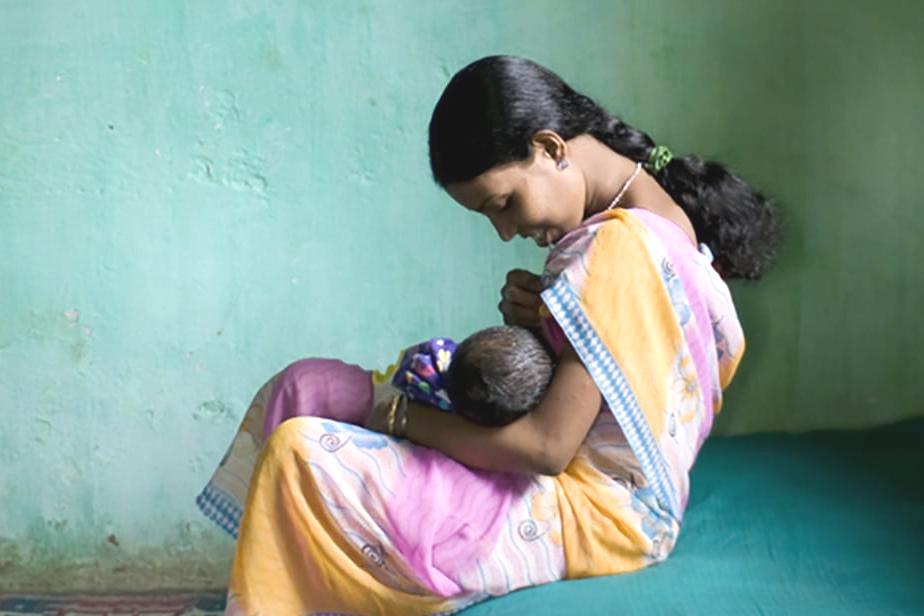 Q. How does the milk bank engage with the community to raise awareness about the benefits of donor human milk and encourage mothers to donate?
Q. How does the milk bank engage with the community to raise awareness about the benefits of donor human milk and encourage mothers to donate?
A. YAHMB actively engages the community by conducting awareness programs in collaboration with Anganwadis, NGOs and local health organizations. Our team organizes training sessions for Anganwadi workers and campaigns that educate mothers on the importance of DHM, encouraging those with surplus milk to consider donations. We also run social media campaigns and community events to encourage donations and provide information on the donation process.
Website Link: https://medical.dpu.edu.in/Humanmilkbank/
Q. What role do you believe partnerships between private institutions like Dr. D.Y. Patil Medical College, NGOs, and public healthcare systems could play in addressing the gaps in neonatal care across India?
A. Partnerships between Dr. D.Y. Patil Medical College, Hospital & Research Centre, Pimpri, Pune and Rotary Club of Nigdi and Pune along with Rotary International are best example of PPP (Pvt. Public Partnerships) and other public health organizations play a crucial role in bridging gaps in neonatal care.
Collaborations provide financial and logistical support, which helps extend the reach of YAHMB's services and enables more hospitals and regions to establish similar facilities. We believe such partnerships can lead to improved neonatal outcomes and a reduction in infant mortality.
Q. Are there any ongoing research projects or initiatives to explore new ways to improve the quality and accessibility of donor human milk?
A. Yes, the center is involved in various research initiatives, such as studying the impact of DHM on neonatal health and investigating the presence of stem cells in human milk. These projects contribute valuable insights to further enhance the quality and accessibility of DHM. We are also working on optimizing donor recruitment processes and exploring new technologies for milk preservation. The university is also aiming to strengthen the research on Breast Feeding and Human Milk Banking.
Q. What are the long-term goals of the Yashoda Milk Bank, and how do you plan to scale up the initiative to reach more regions and save more lives?
A. YAHMB aims to become a Zonal (West) and state resource center for Maharashtra and plans to expand by offering lactation training programs. The vision includes establishing more milk banks across India to further reduce neonatal mortality and promote breastfeeding.
Q. How does the milk bank plan to measure and evaluate its long-term impact on infant health and maternal well-being?
A. YAHMB evaluates its long-term impact through metrics such as reductions in neonatal morbidity and mortality rates, reducing in the stay durations in NICU and feedback from maternal health outcomes. We are also focusing on ongoing data collection and analysis to inform improvements and support continued program expansion. Not a single mother in hospital had breast abscess. YAHMB supports lactation counselling, support and care from pregnancy to delivery and throughout lactation. It also helps mother with mastitis and breast abscess.
Q. What policy changes or governmental support do you think are necessary to further expand the model of human milk banks across India and reduce infant mortality on a larger scale?
A. Government support is needed especially for funding for milk bank infrastructure and community awareness staff training along with is essential to scaling milk banks across India. Policies that encourage public-private partnerships can further enhance accessibility and ensure the sustainability of such programs nationwide. Government should establish system for quality check regularly and certification of milk bank. Government must implement the strict rules and regulations against commercialisation of mother milk.
Q. How do you see the role of human milk banks evolving in India’s healthcare ecosystem, and what broader health outcomes are expected as they continue to grow in importance?
A. Human milk banks like Yashoda Advanced Human Milk Bank are expected to play a growing role in reducing neonatal morbidity and along with mortality improving health outcomes. As more awareness is created on this, these banks may become an integral part of neonatal care, contributing to broader public health goals by ensuring safe and accessible breast milk alternatives. It is an important aspect for not only to help newborns but for maternal health as well. Investing in mothers milk bank gives returns and in multiple folds for mother and child health and helps to build a healthy and intelligent generation along with reducing the expenses on neonatal, children and maternal healthcare.



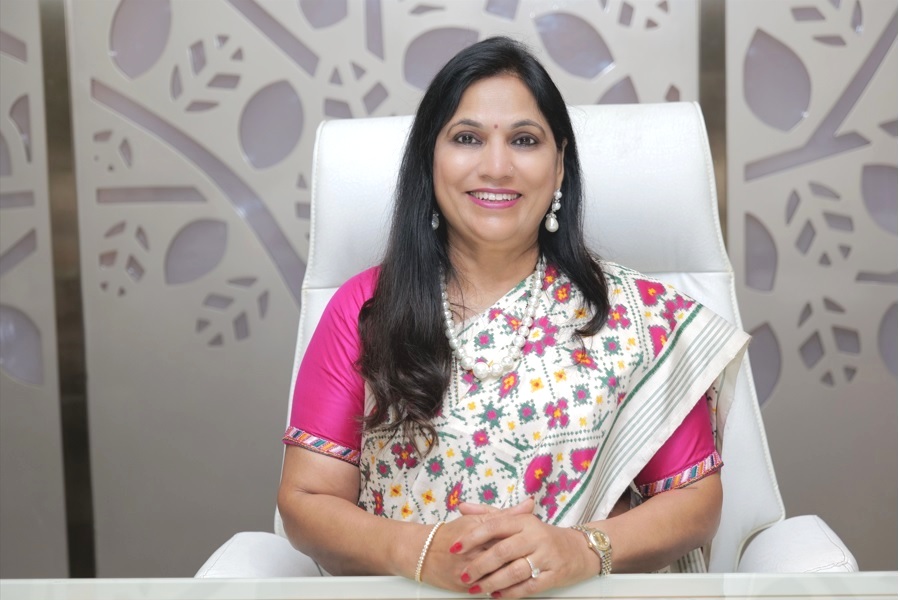
 A. Dr. D.Y. Patil Medical College, Hospital & Research Centre, Pimpri, Pune, recognized a critical need to address high neonatal mortality rates in India, especially in areas where breastfeeding was not feasible for sick neonates in NICUs. By establishing the Yashoda Advanced Human Milk Bank (YAHMB), the hospital sought to provide essential safe donor human milk (DHM) to infants at risk, aligning with its mission of improving health outcomes and promoting public health in the Pimpri-Chinchwad Municipal Corporation (PCMC), Pune Municipal Corporation (PMC) area & nearby region. The initiative aligns with our mission to deliver high-quality healthcare to the most vulnerable premature populations, especially newborns, while supporting the hospital’s vision of improving neonatal care and reducing infant mortality rates.
A. Dr. D.Y. Patil Medical College, Hospital & Research Centre, Pimpri, Pune, recognized a critical need to address high neonatal mortality rates in India, especially in areas where breastfeeding was not feasible for sick neonates in NICUs. By establishing the Yashoda Advanced Human Milk Bank (YAHMB), the hospital sought to provide essential safe donor human milk (DHM) to infants at risk, aligning with its mission of improving health outcomes and promoting public health in the Pimpri-Chinchwad Municipal Corporation (PCMC), Pune Municipal Corporation (PMC) area & nearby region. The initiative aligns with our mission to deliver high-quality healthcare to the most vulnerable premature populations, especially newborns, while supporting the hospital’s vision of improving neonatal care and reducing infant mortality rates. Q. How does the milk bank engage with the community to raise awareness about the benefits of donor human milk and encourage mothers to donate?
Q. How does the milk bank engage with the community to raise awareness about the benefits of donor human milk and encourage mothers to donate?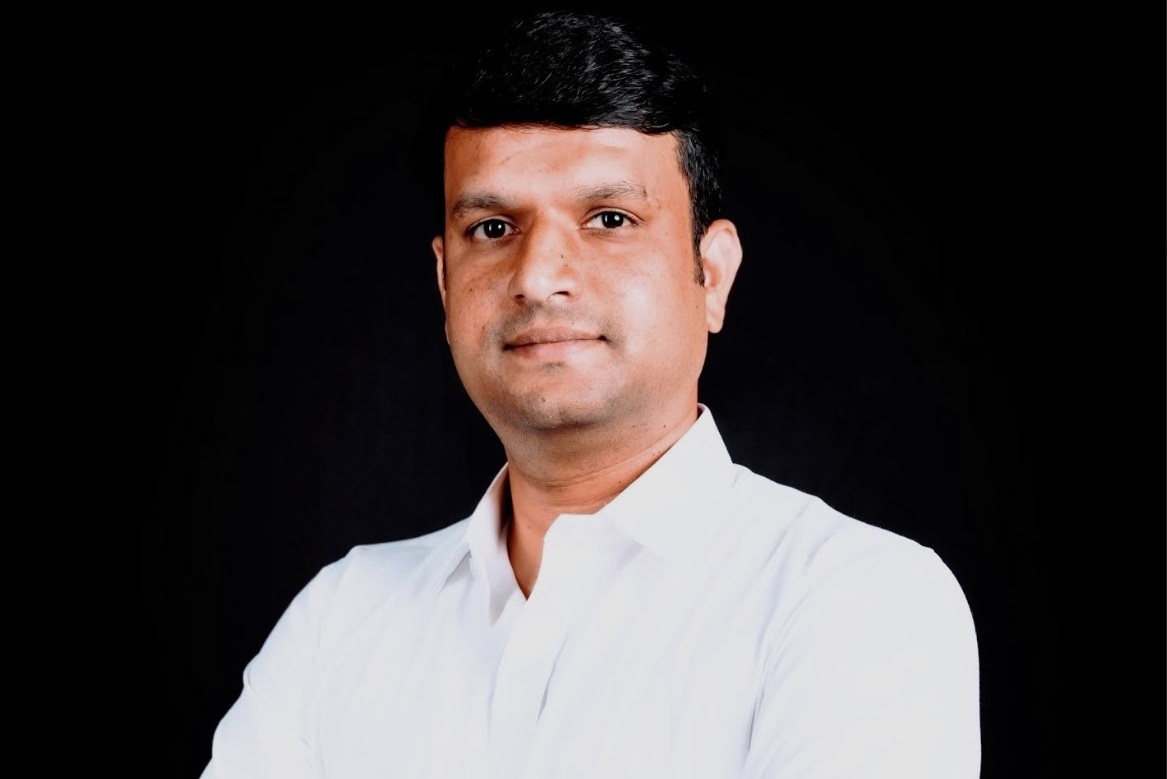

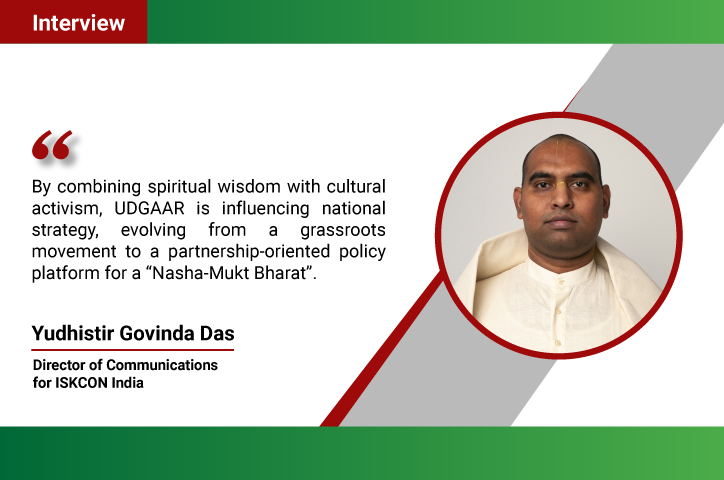




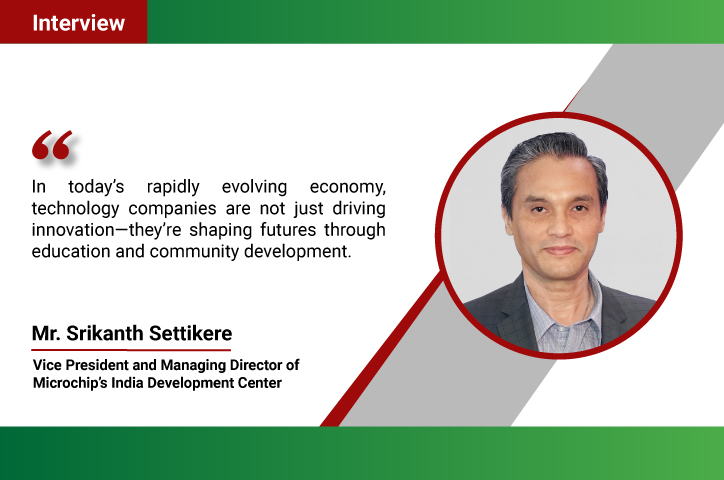
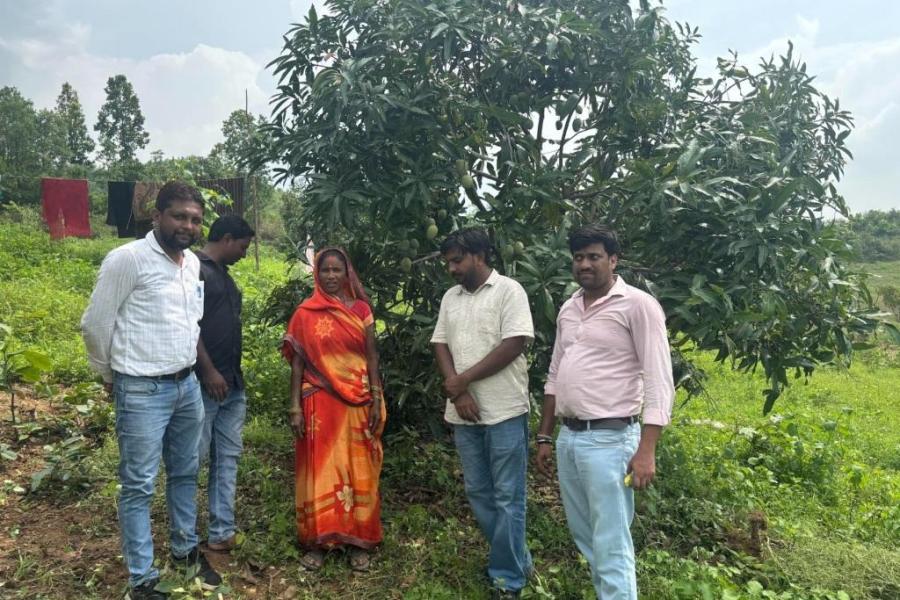

.jpg)




